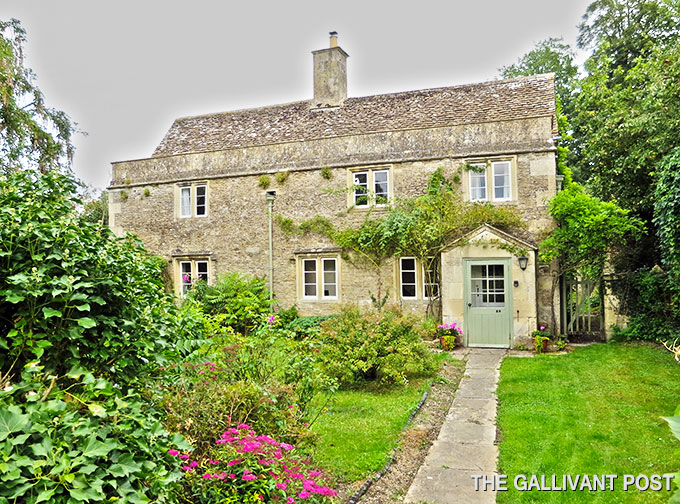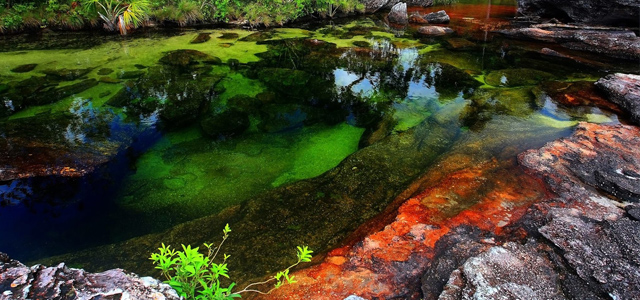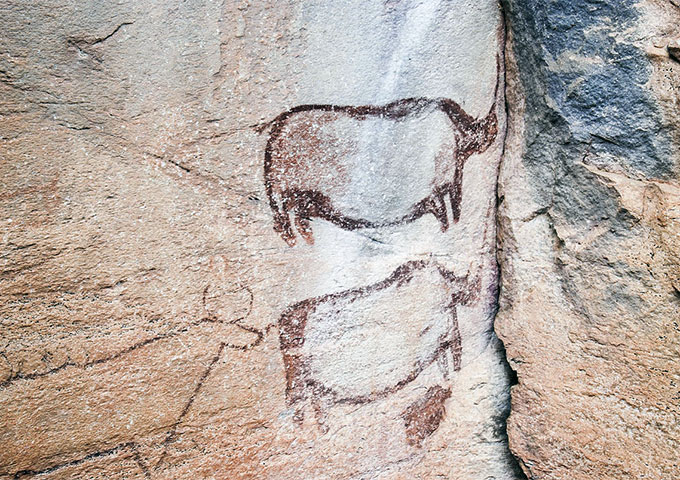
Snapshot: The historic Tsodilo Hills
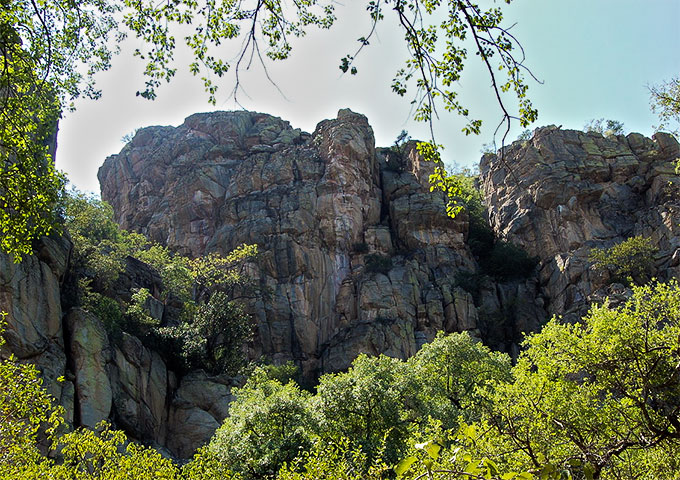
Towering against the backdrop of the eastern skies in Northwest Botswana are the Tsodilo Hills, a cluster of rock formations radiating a dusty copper hue under the morning sun.
The dramatic hills have been home and guard for over 100,000 years to the people living in the area. Revered as a religious and sacred place where ancestral spirits reside, the area emits a mystical feel. In ancient times, religious rituals were performed to seek divine intervention and well, rain. Dwellers in these times left paintings on the hills’ rock faces, around 4,500 of them. Some depict a scene, others are lonesome drawings of animals. A good many tell stories of their time, but some remain a mystery to this day.
A three decade long ongoing archaeological research uncovered items like carved bone and stone tools, shell and glass beads, pottery and iron, all dating back 90,000 over years. These give rise to estimation that the site has been inhabited for over 100,000 years, making it one of the world’s oldest historical sites.

There are four main hills, commonly referred to as Male (the highest), Female, Child and the last one is unnamed.
Tip: If you visit, go for the Female hill if you don’t want to climb too much, most of the rock paintings are on this hill. Some of the more famous paintings are the “Whale” painting, “Two Rhinos” and the “Lion”.
Away from other habitats, the nearest one being 250 kilometers away, the isolation of the Tsodilo Hills adds to its spiritual aura. Apart from admiring the rock paintings, a visit here is an ideal opportunity for some reflection. Just pick a hill and climb to its plateau and let loose in the vast beauty of Mother Nature and soak in the spiritual atmosphere.
There are a few walking trails, like the Lion Trail, the Cliff Trail and Rhino Trail, among others, that will lead you to many of the rock paintings. It’s recommended to engage the services of a guide for a better understanding of the artworks.
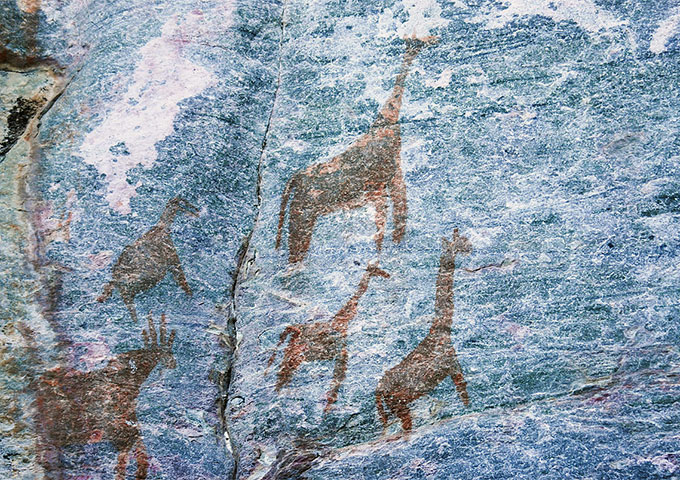
Its cultural and historical value resulted in the Tsodilo Hills being declared a UNESCO World Heritage site in 2002.
A journey to the Tsodilo Hills is one of wonderment, at how life was harsh and simple at the same time. A study of the rock paintings gives us a glimpse into our ancestors’ way of life in a land before time, and how we’ve come a long way.
Have you been to the Tsodilo Hills, or somewhere similar?

